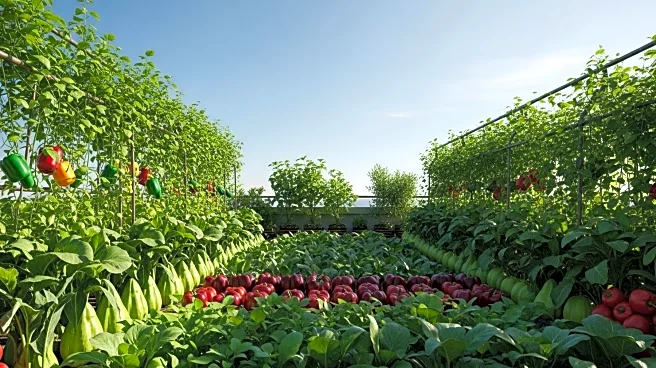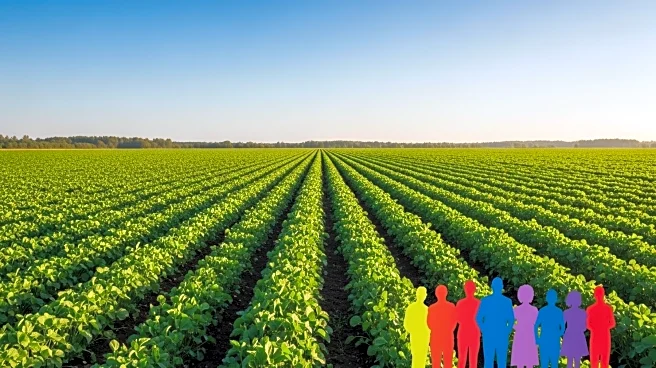What is the story about?
What's Happening?
Recent reports from the United Nations have revealed that approximately 75% of the global food insecure population resides in urban and peri-urban areas. Despite the abundance of food in these regions, nutritional diversity remains limited and accessibility is highly unequal. These disparities are further exacerbated by climate change and political instability. The report emphasizes the importance of strengthening food systems and supporting community-based initiatives to ensure sustainable and accessible food systems in increasingly populated areas.
Why It's Important?
The findings underscore a critical shift in the perception of food insecurity, traditionally associated with rural areas. Urban food insecurity poses significant challenges to public policy and urban planning, necessitating innovative solutions to improve food accessibility and nutritional diversity. The focus on urban areas highlights the need for targeted interventions that address the unique challenges posed by dense populations, climate change, and political factors. This could lead to increased investment in urban agriculture and community-based food programs, potentially reshaping food policy and security strategies.
AI Generated Content
Do you find this article useful?













